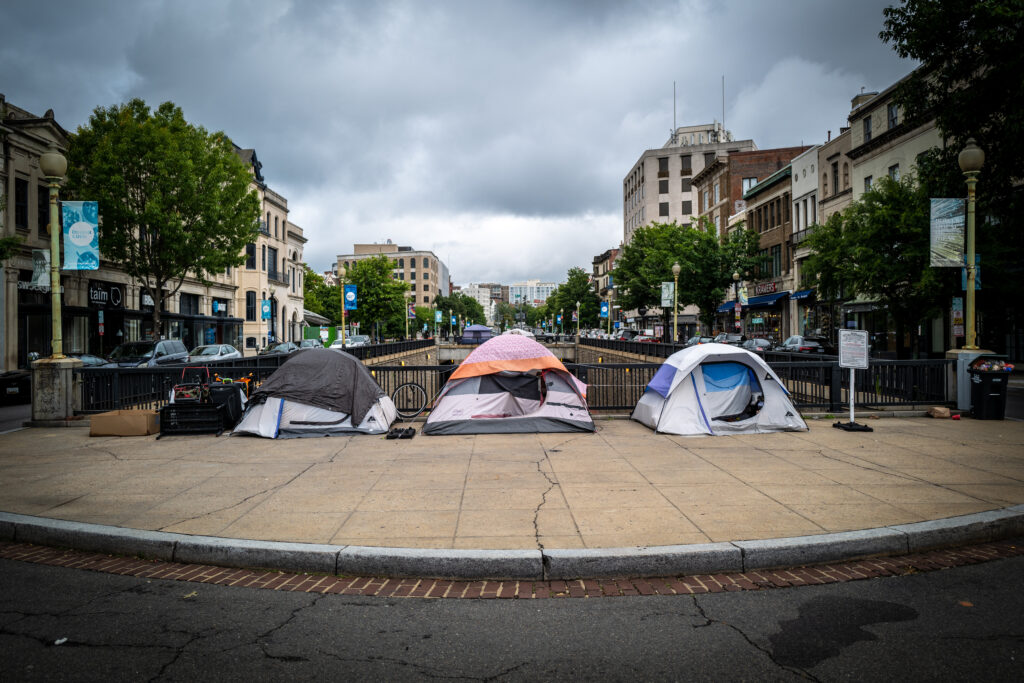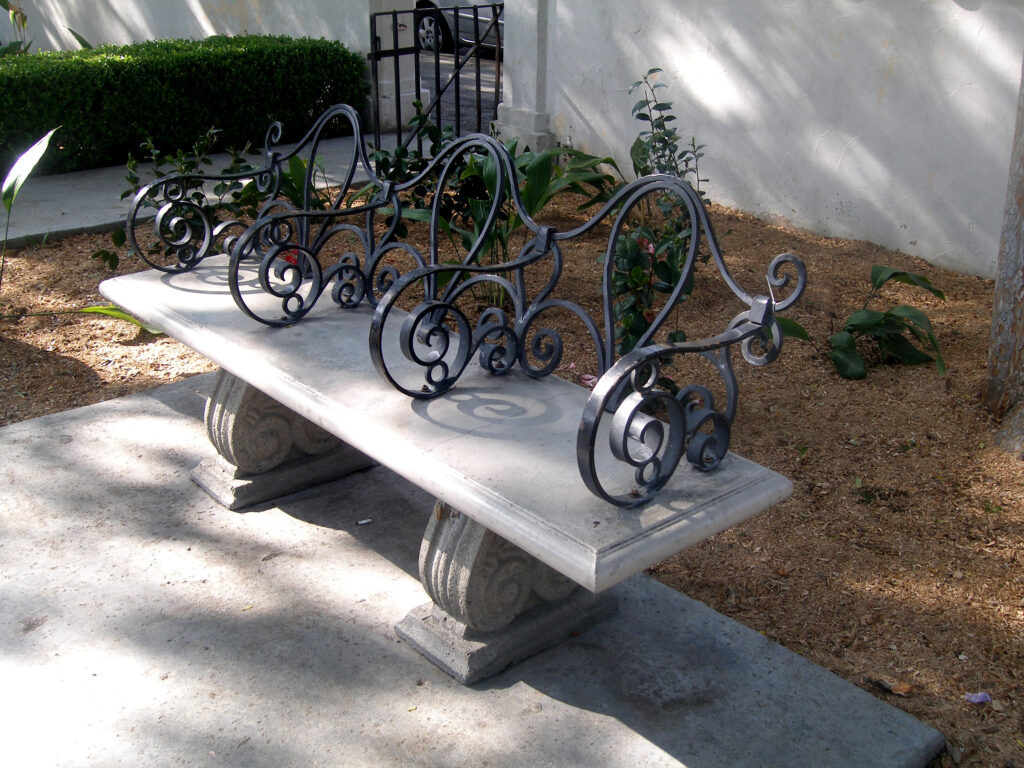While there are many social institutions that allow homelessness to be the social issue it is today, some aspects can be studied to understand it better. Victim blaming, for example, can be seen common among those who lack empathy towards the homeless community. This lack of empathy, however, can be improved when working alongside the unhoused individuals, to gain a better understanding of their struggles (Donnelly et al. 2019). Such opportunities to work alongside and aid unhoused individuals are not common, which can help one understand why empathy is still lacking. Rather than seeing them as a part of our society, the constant othering of homeless individuals creates a constant lack of empathy which makes it more difficult to change the current discourse. Another shortcoming within the United States that allows the issues of homelessness to continue today is a lack of health care. Due to the absence of universal health care in the U.S., many unhoused individuals are left to struggle without their basic needs being met, such as food, a space to clean up, as well as psychological and physical needs (Batchelor and Kingsland 2020; Honorato and Oliveria 2020). This prevents them from seeking assistance with mental health issues, physical ailments, and anything else that could provide them with better safety and security. There is also decreased access to informal landscapes in which the unhoused previously were able to use for privacy, due to increased hostile architecture and new infrastructure (Parker 2021). These factors allow homelessness to persist in the United States, which shapes how the public looks at the issue.

While many factors contribute to this social issue, certain people can be at greater risk of homelessness than others, especially those suffering from serious mental illness (Padgett 2007). These individuals are seen as outside of the community, and are treated as if they are not a part of our society through various tactics (Townley et al. 2022). One of these tactics can be described as the implementation of “hostile architecture”, which is used to control where homeless individuals can and cannot sleep (Petty 2016). Hostile architecture can take shape in many forms, for example, the use of unnecessary spikes in open space, or extra arm rests in the middle of public benches to prevent unhoused individuals from sleeping there. Aside from those static forces trying to control the homeless, there are also instances in which police officers are called regarding the presence of a homeless individual, which can end in arrests, shootings, and killings of these individuals (Simpson 2015; Townley et al. 2022). These forms of othering perpetuate negative opinions towards unhoused individuals, which shape how the discussion of this social issue takes place today. This discussion can be understood as largely negative, with an underlying lack of empathy that halts any improvement.
